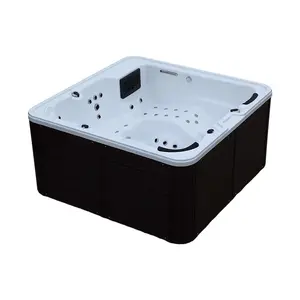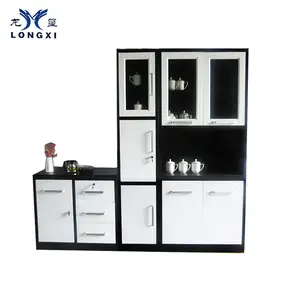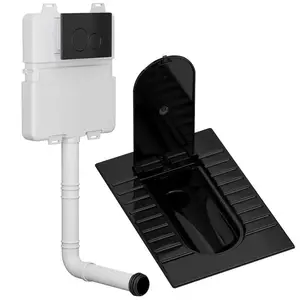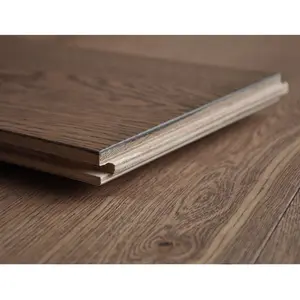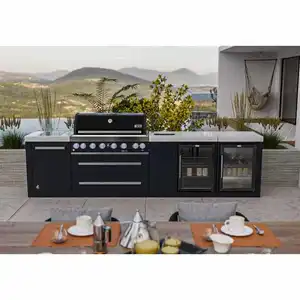Popular in your industry















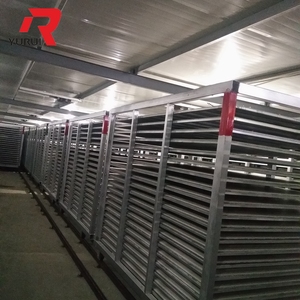




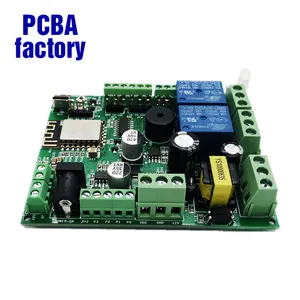




















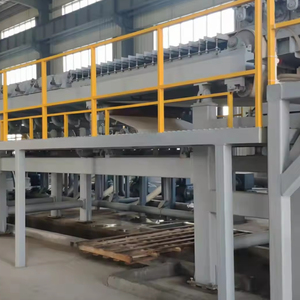


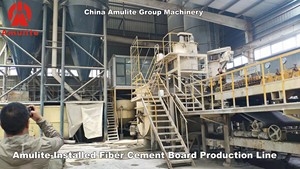
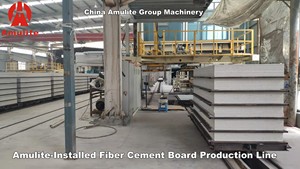



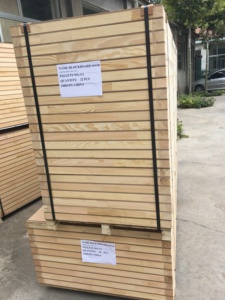


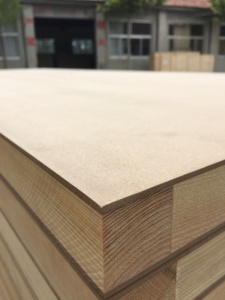
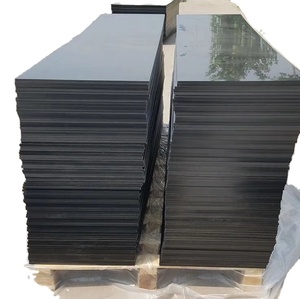















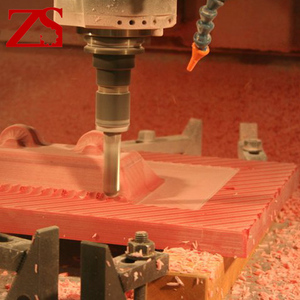

Related Searches:


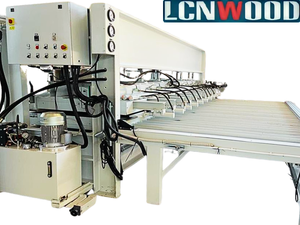


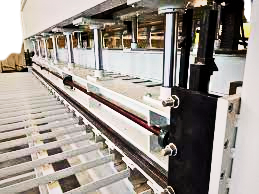
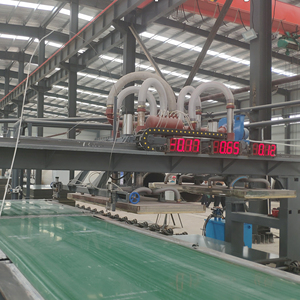












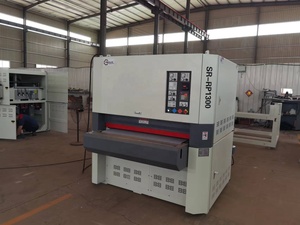







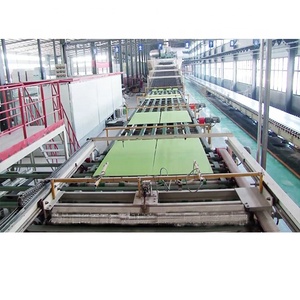
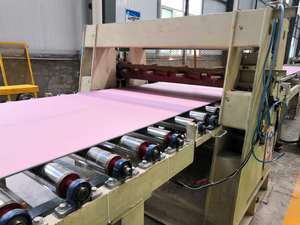



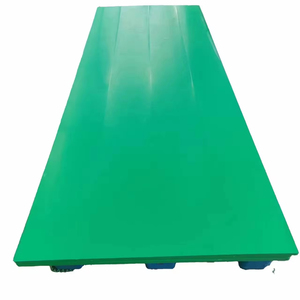
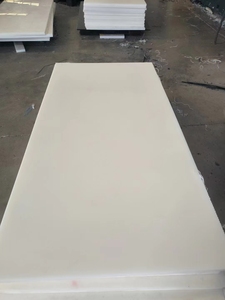



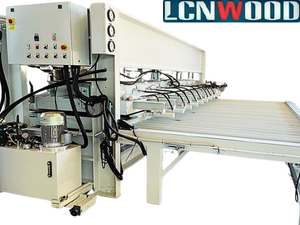


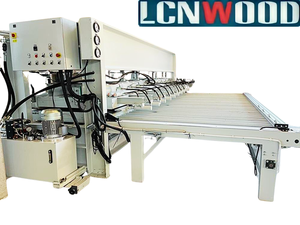




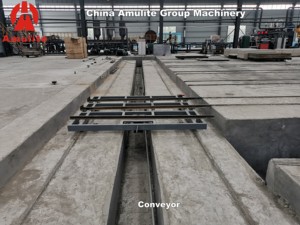



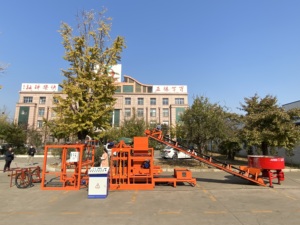


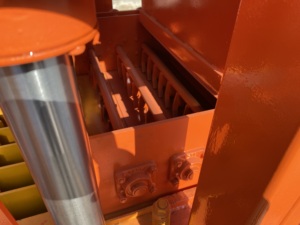
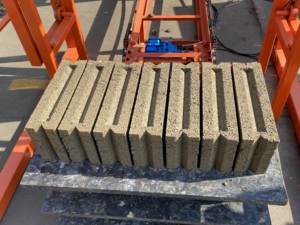




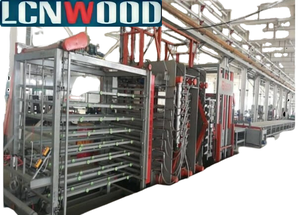
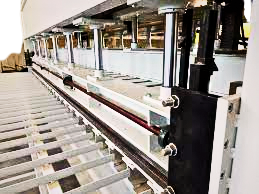


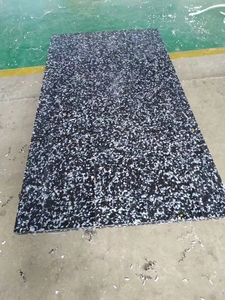






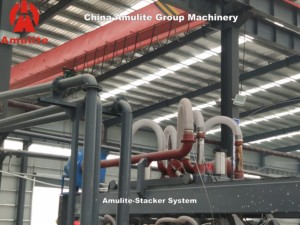

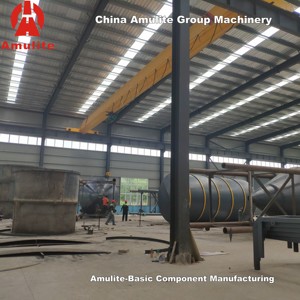
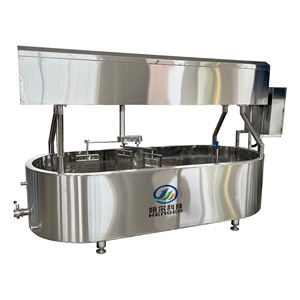
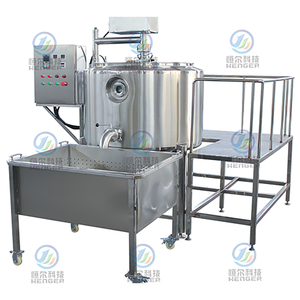


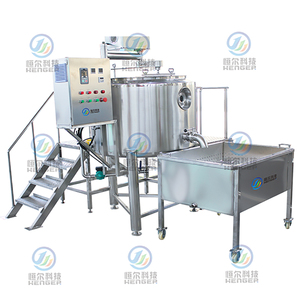

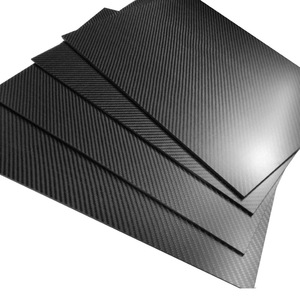


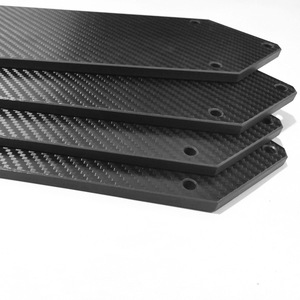

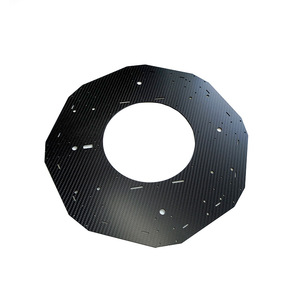
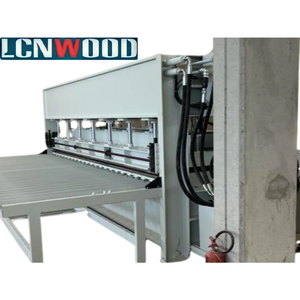
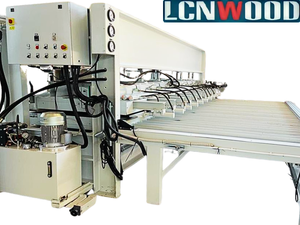

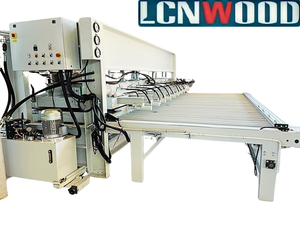





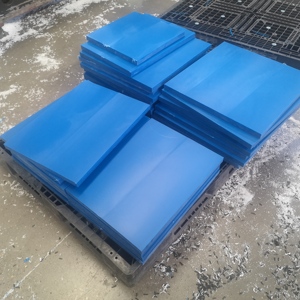









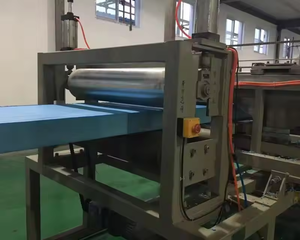








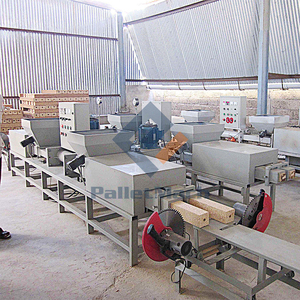







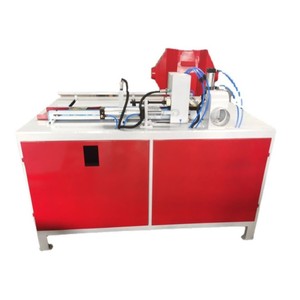

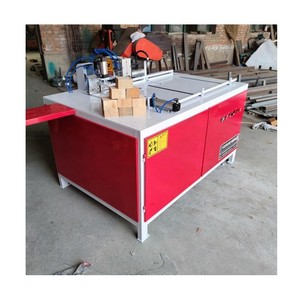
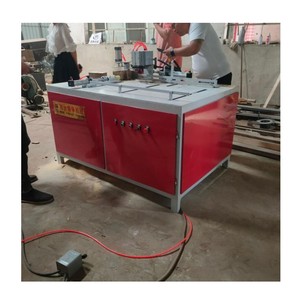

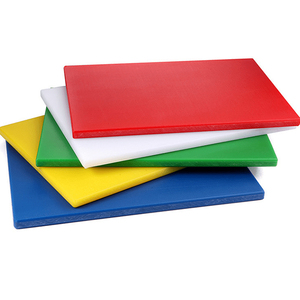





Top categories
About block board manufacturing process
Understanding the Block Board Manufacturing Process
The block board manufacturing process is a sophisticated method that involves several stages to produce versatile and functional boards used in various construction and furniture applications. Block boards are engineered wood products, consisting of a core made of softwood strips between two layers of wood veneer. This structure grants them stability and makes them a preferred material for long panels in shelves, tables, and wardrobes.
Types and Materials in Block Board Production
During the block board production, different types of materials are employed to enhance the board's properties. The core is typically made from solid wood blocks like pine or fir, which are known for their lightweight and sturdy characteristics. The outer veneers can be from hardwood species such as oak, teak, or maple, providing a durable surface. Adhesives used in the process are usually formaldehyde-based resins like E1 or E2, ensuring the boards are safe for indoor use.
Applications and Features of Block Boards
Block boards are highly sought after for their unique features, including their resistance to warping and bending. This makes them ideal for applications where lengthy pieces of wood are required without joints, such as in benches, doors, and paneling. The block board features also include good insulation properties and ease of cutting and drilling, which are beneficial in both commercial and residential construction projects.
The Manufacturing Stages
The block board manufacturing stages begin with the selection of the core blocks, which are dried and then glued together. After the core is formed, it is sandwiched between veneers under high pressure and temperature to create a uniform and flat board. The boards are then trimmed, sanded, and sometimes laminated with a decorative surface layer such as melamine or veneer.
Advantages of Using Block Boards
One of the main advantages of block boards is their strength and durability, which are comparable to solid wood but at a more cost-effective price point. They are also lighter in weight, making them easier to transport and handle during construction. Additionally, block boards offer a sustainable option as they make efficient use of wood by incorporating smaller pieces that might otherwise be discarded.
Quality and Environmental Considerations
In the block board industry, quality and environmental considerations are paramount. Manufacturers adhere to strict standards to ensure the boards meet safety and performance criteria. The use of eco-friendly adhesives and sustainably sourced wood is a testament to the industry's commitment to reducing environmental impact while providing a reliable product for various uses.
